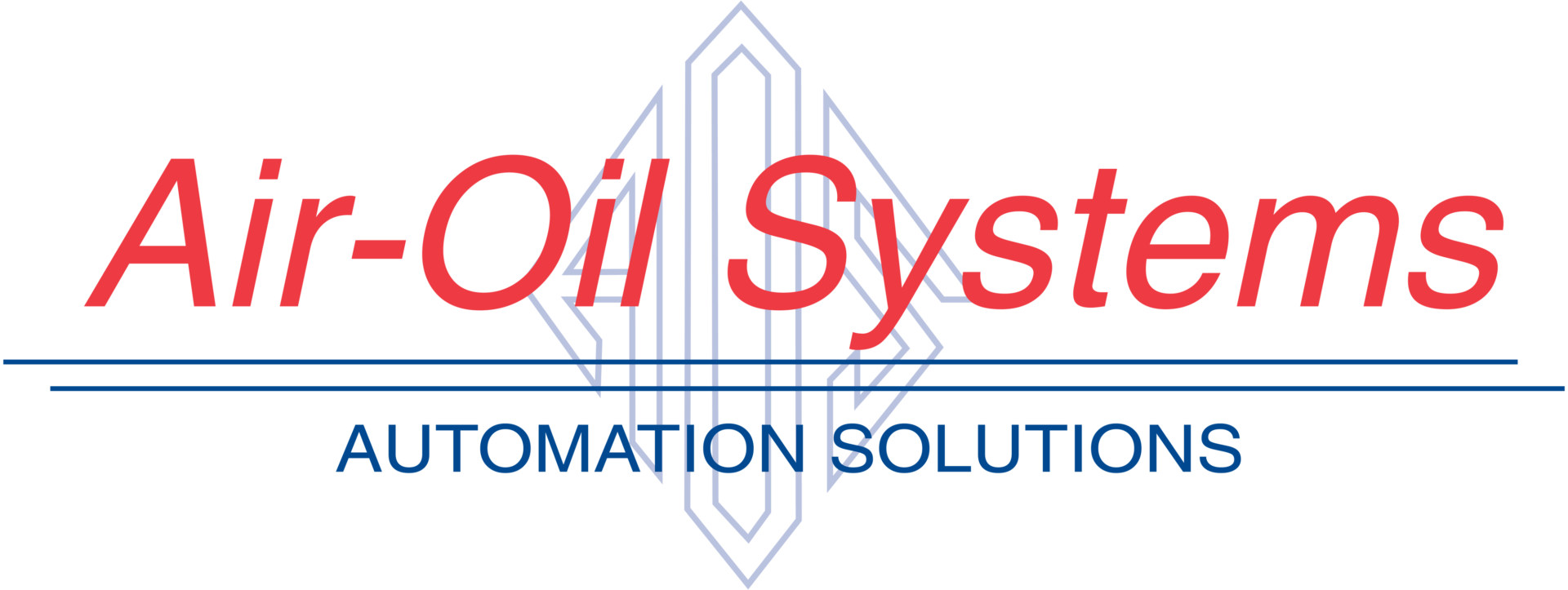Screw Jacks by Joyce

Engineers and designers frequently use screw jacks in the design of lifting and positioning equipment. They know that mechanical jacks offer reliable lifting and holding options that can be easily incorporated into their systems.
Machine Screw Jacks vs. Ball Screw Jacks
Once loads, duty cycles, and travel speeds are established, engineers and designers must choose the type of jack to select - Ball Screw or Machine Screw. Consider the inherent traits of each type of jack to determine the ideal solution for your application.
Machine Screw Jacks
Best for slower movement and low to moderate duty cycles
Most machine screw jacks are inherently self-locking in the absence of vibration
A brake motor is usually not required to hold position on self locking jacks
Anti-backlash devices can be specified to limit backlash in reversing loads
Stainless steel, metric and motorized jack models are available with machine screws
Adaptable for wash down applications
Ball Screw Jacks
Suitable for higher travel speeds and moderate to high duty cycles
Move loads faster and with less horsepower
They are not self-locking and require a brake motor to hold position
They are not suited for manual operation
Good for moving loads with longer continuous travel
Motorized ball screw jacks are available
As a General Rule
Choose a Machine screw jack if you have a low to moderate duty cycle, slow travel speed (typically 3-30 inches per minute), and require a self-locking screw.
Machine screw jacks are used in countless applications. They are frequently used in steel machinery, packaging machinery, food processing machinery, and in wash down applications.
Choose a Ball screw jack if you have a higher duty cycle, faster travel speed (typically 20-200 inches per minute), and do not require a self-locking screw.
Ball screw jacks are used in many of the same industries as machine screw jacks. Ball screw jacks should be chosen over machine screw jacks when faster speeds and higher duty cycles are required, or for quick, repetitive operations on presses and on cycling equipment where a calculated ball nut life is needed.


